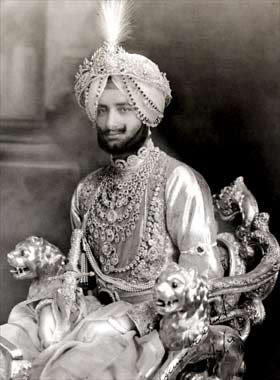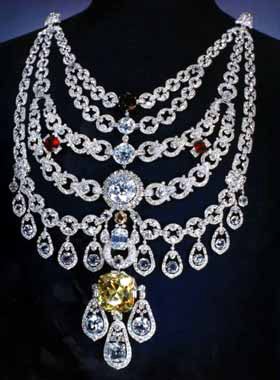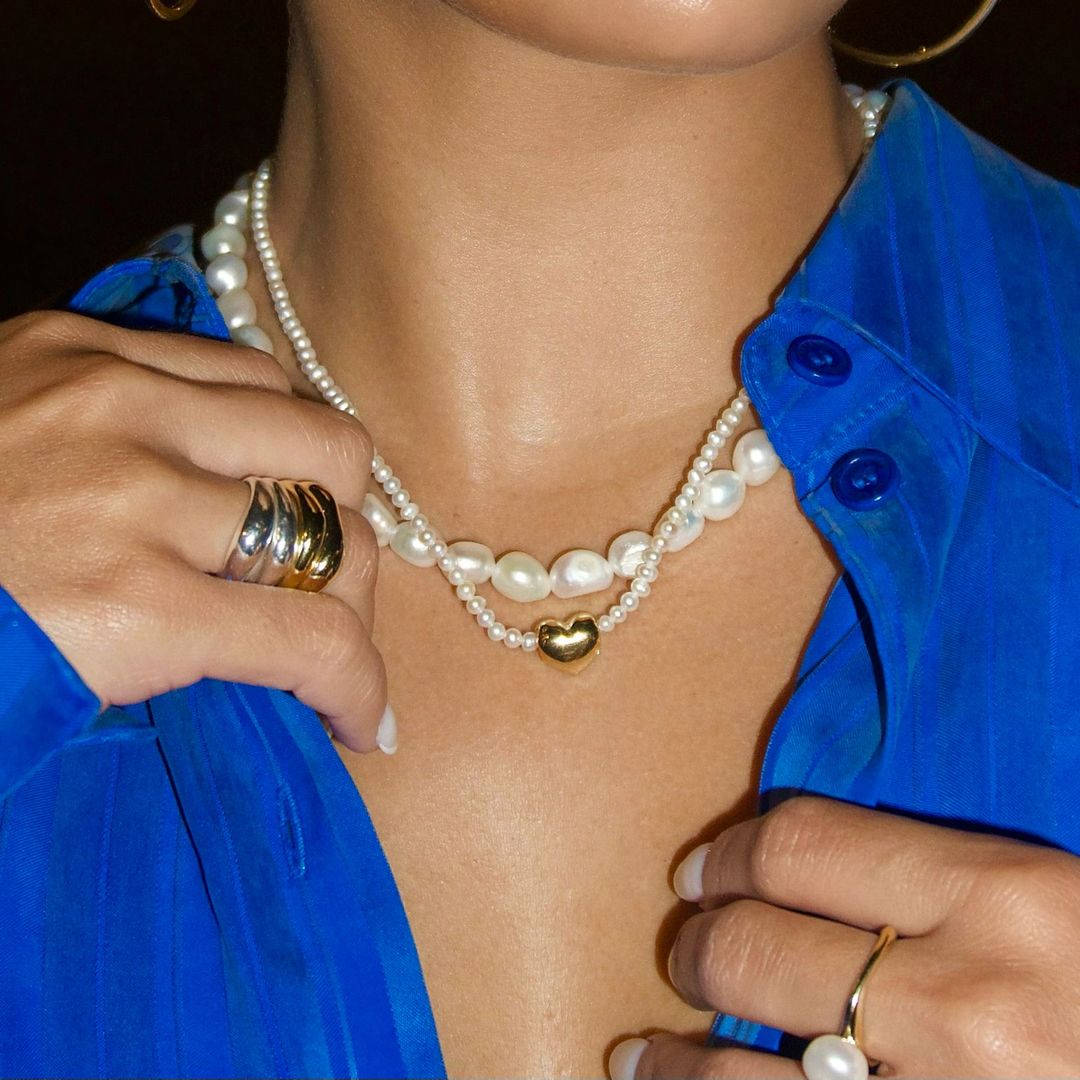It disappeared 50 years ago without trace and the only memento the world was left of the Maharaja of Patiala’s fabulous necklace was a black and white photograph taken in the first half of the 20th century. But now, after a painstaking restoration by Cartier, the rediscovered piece is once again on show at the jewellery house’s showroom in Paris.
The story of the Maharaja’s necklace began in 1888 when a diamond of 428.5 karats was discovered in South Africa. It was the seventh largest stone ever discovered and, once cut, it went on show as part of the 1889 Universal Exhibition in the French capital. That was where the gem was bought by the man who would bestow the name by which it would afterwards be known – Rajendra Singh, the Maharaja of Patiala and Hindu Prince of Pendjab State.
In 1925, the Maharaja’s son Bhupindar, an aesthete for whom nothing was too beautiful nor spectacular, returned to Paris to pay a visit to the jewellery house Cartier. He requested that the stone be set in an extravagant necklace, which the house’s designers set to work putting together.
The finished piece included a cascade of 2,930 diamonds, with a total of 962.25 karats, and two rubies mounted in platinum. The work would take three years to complete, but once done it would make the Maharaja de Patiala necklace one of the most fabulous in the world. The finished necklace was placed on exhibition – the first time Cartier had bestowed the honour on one of its own designs – in the display cabinet at the Paris jewellers’ showrooms.
But 20 years later, as India moved towards independence, the necklace disappeared. It was not seen again until 1999, when it mysteriously turned up again in London. The curator of the Cartier Art Collection immediately snatched up the piece and Cartier set to work restoring the necklace, which had been badly damaged during the passage of the years.
Little remained of the original. Most of the gems – including the main diamond, and the two rubies – were lost and zircon stones and synthetic rubies had to be used. Although they almost faultlessly recreated the majesty of the originals, Cartier still hopes one day to replace the synthetic stones with the real McCoy.
But with the preliminary work completed, the necklace is now back in the display cabinet where it was first put on show, available for public viewing until September 28.
 Photo: © Alphapress.com
Photo: © Alphapress.com
 Photo: © Alphapress.com
Photo: © Alphapress.com








